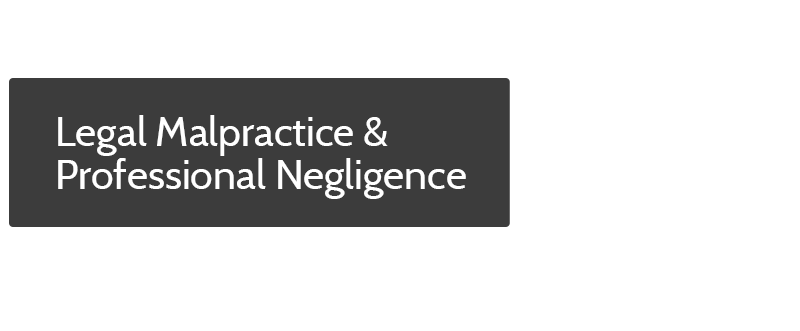Tag Archives: L.A. County lawyer
Negligence Per Se Is Not a Replacement for “Ordinary Negligence” Claims
“NEGLIGENCE PER SE” IS NOT A SEPARATE TORT FROM “ORDINARY NEGLIGENCE” Negligence is part of tort law — the branch of civil law that deals with legally recognized “wrongs” committed against other people or property. (Sometimes, those same wrongful acts are also crimes, and punishable under criminal law as well.) Negligence per se (a… Read More »
More Defenses to Nuisance Claims
NECESSITY CAN JUSTIFY CERTAIN TYPES OF NUISANCE ACTIONS A person who acts to prevent a threat of harm or injury can sometimes claim “necessity” as a defense in a subsequent nuisance action. Defendants need not sit by and watch a preventable harm take place, and if the actions necessary to prevent the harm are… Read More »
Are You Trespassing on Your Neighbor’s Land?
WHAT IS TRESPASSING? “Trespassing” means making an unauthorized entry onto land or property which belongs to another person, in a way that disrupts or interferes with the owner (or possessor)’s exclusive right to possession and control. In plain English: trespassing involves: 1. An entry onto “the land of another” – which may mean either land… Read More »
How Does Premises Liability Relate to Negligence?
Under premises liability law, people who own, possess, or control land or other forms of real property (including apartments and rental spaces) have a duty to use due care to ensure that the property in question does not create or represent “an unreasonable risk of harm” to other people. Premises liability is a form… Read More »
Ownership, Possession, and Control: the Keys to Premises Liability
Many people think premises liability is only a concern for land “owners” and landlords. In reality, the legal duties which give rise to premises liability may occur when a person has ownership, possession, or control of real property – meaning that it’s not only landlords and owners of land who may be at risk. The… Read More »
Conspiracy, Illegal Interference, and other Claims Against Lawyers
In addition to malpractice (professional negligence), breach of fiduciary duty, and other intentional torts, attorneys may be held liable (and sued) for a variety of legally wrongful actions which damage current or former clients (and, occasionally, third parties). Let’s take a look at a few of these: CIVIL CONSPIRACY (WITH A CLIENT) Lawyers may… Read More »
When Has a Plaintiff Suffered “Actual Injury” to Trigger the Statute of Limitations on Legal Malpractice?
In Monday’s post, we discussed “tolling” of the statute of limitations on legal malpractice actions. In the legal malpractice context, the “statute of limitations” refers to the time within which a plaintiff must commence a legal action against the defendant attorney. Under some circumstances, this limitations period is “tolled,” or suspended, until a specified… Read More »
Can An Attorney Have Liability to Non-Clients?
Generally speaking, a lawyer only owes a duty of care (and thus, can only be liable for malpractice) to a client, meaning “a person with whom the lawyer had an ongoing attorney-client relationship at the time the professional negligence was committed.” However, under some rare circumstances, courts will impose a duty of care on a… Read More »
When Has a Lawyer Breached the Duty Owed to a Client?
In addition to proving the nature of the duty of care the attorney owed, a client (or former client) claiming malpractice must prove the attorney breached that duty where the client is concerned. To prove a lawyer has breached a legally-recognized duty, it is necessary to examine the lawyer’s conduct in light of several factors: … Read More »
Get a Grip On Avoiding Dangerous Staircase Accidents
Most people appreciate the danger of wet, icy, or uneven stairs, but many homeowners don’t realize that hand rails–or the lack thereof–can be a major factor in avoiding liability for stair-related accidents. PROPERLY INSTALLED HAND RAILS HELP AVOID ACCIDENTS–AND LIABILITY. Most houses have staircases, either inside or outside the home. Almost all full-length staircases… Read More »














